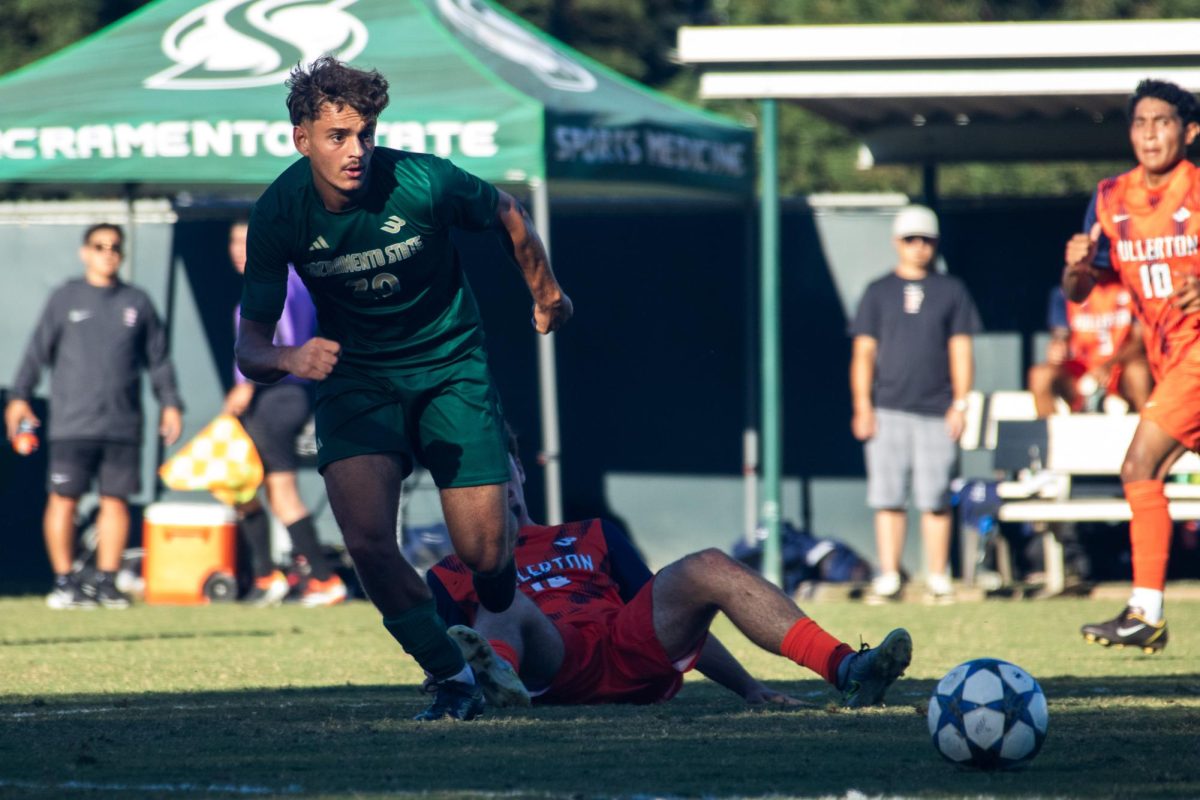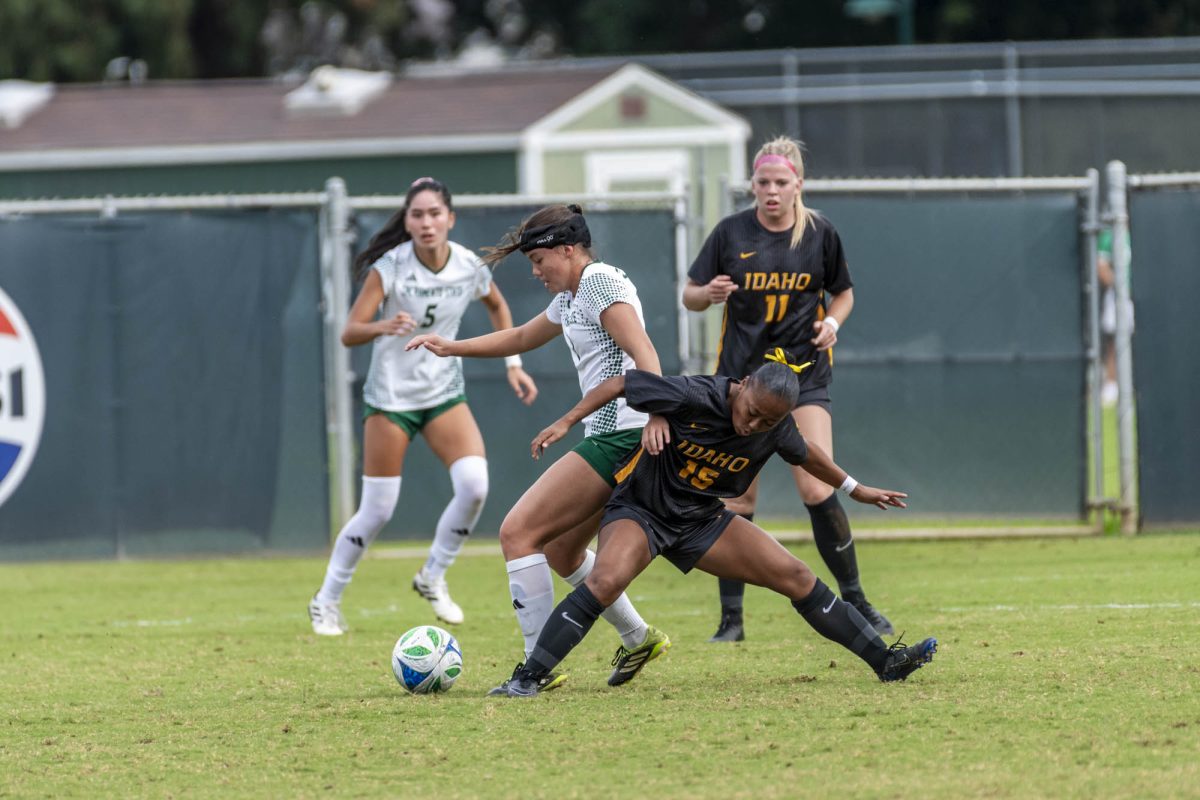Impacted graphics program redesigned
February 11, 2004
Overwhelmed by student interest, Sacramento State’s graphic design program will require its prospective majors to complete an application process before entering the program next fall.
Currently, the graphic design program receives about three times the number of applicants than they have the capacity to serve, Department Chair Andrew Anker said. Because of the program’s immense popularity, many students are unable to enroll in required classes.
“To graduate in decent time, it can be devastating to be unable to get just one class,” senior graphic design major Matt Stuart said.
When graphic design becomes an officially “impacted” major next fall, the crowded program will be divided in half, Anker said. To be declared as a graphic design major, the lower division students, or pre-majors, will be required to submit an application and a portfolio.
Students hoping to major in graphic design must submit their portfolios in the spring of their sophomore year, and if accepted will begin taking upper division coursework in the fall of their junior year.-
“The purpose of impaction is not to scare people away, but to ensure that everyone who is in the program really wants to be there, and is skilled and serious about graphic design,” graphic design professor Mario Eskioto said. “The portfolio review is meant to encourage students to become serious about graphic design.”
If rejected for the major, students will not have wasted two years of college. The lower division classes students are required to take before submitting a portfolio are also required classes for other majors, program coordinator Gwen Amos said.
This departmental assurance contrasts with senior Mari Hoshino’s experience within the graphic design major.
“I had to postpone my graduation day two times,” Hoshino said, citing her inability to enroll in required upper division courses as the reason for her late graduation date.
The graphic design program’s cohort system is designed to eliminate this problem, ensuring that graphic design students will graduate two years after acceptance into the major. The cohort system will pre-enroll graphic design students in two interrelated, back-to-back upper division courses each semester, Amos said.
This system is meant to mirror the real world of graphic design, because the same group of students will be enrolled in each pair of classes, graphic design professor John Forrest said.
“The idea is the classroom setting is really close to a real world setting, in a studio environment,” Forrest said. “The students will learn to resolve differences and work as a team.”
The cohort system will come as a relief to graphic design students who have had difficulty enrolling in upper division courses.
“In the past it was really difficult to get all the required classes, because graphic design is a major with so many consecutive classes and (pre-requisites),” Stuart said.

























































































































